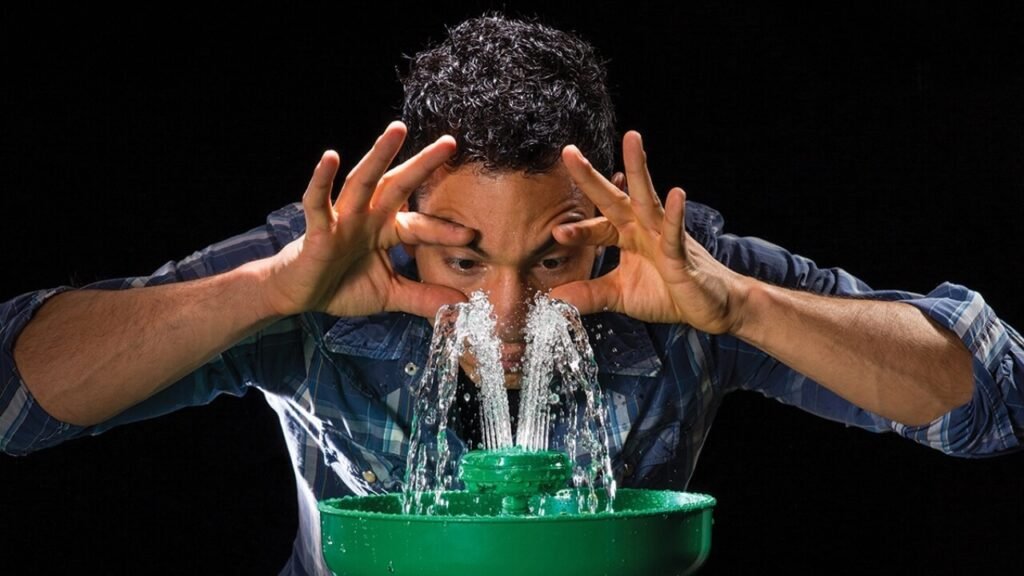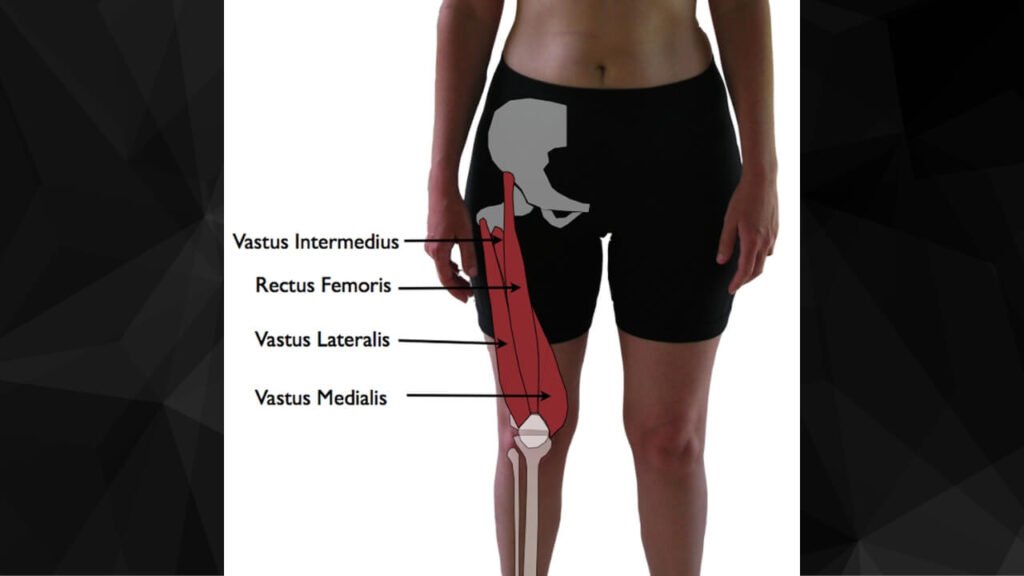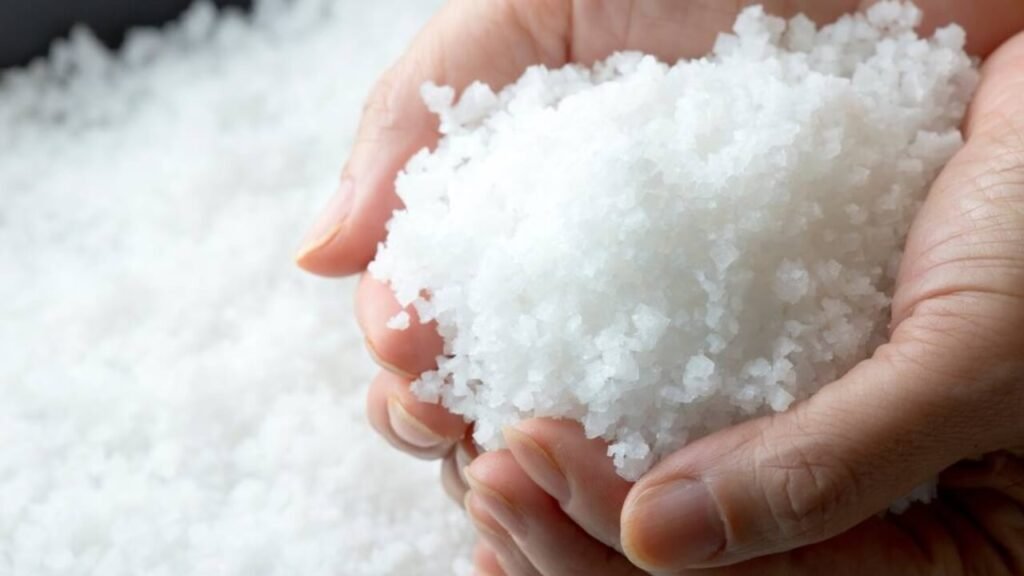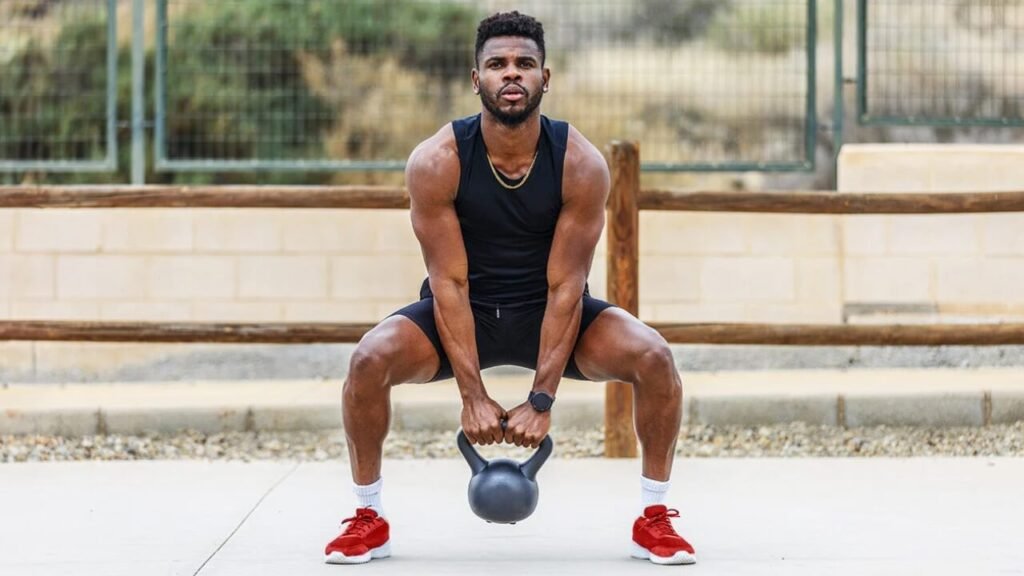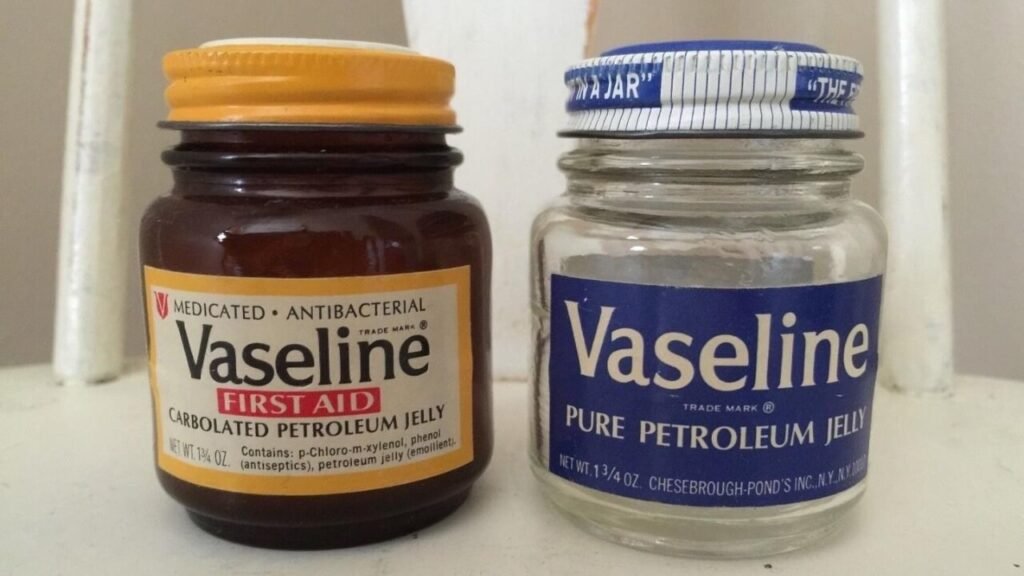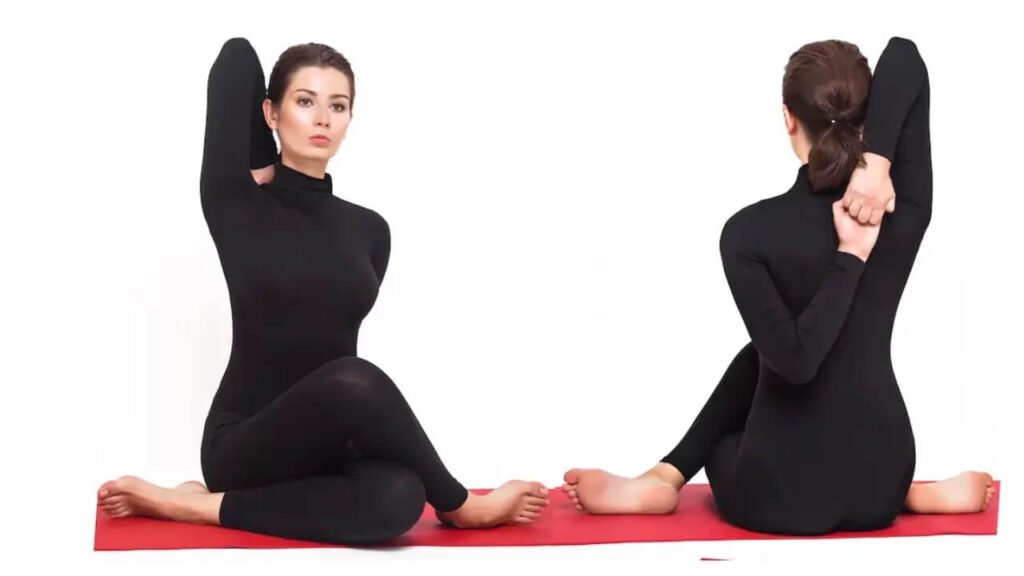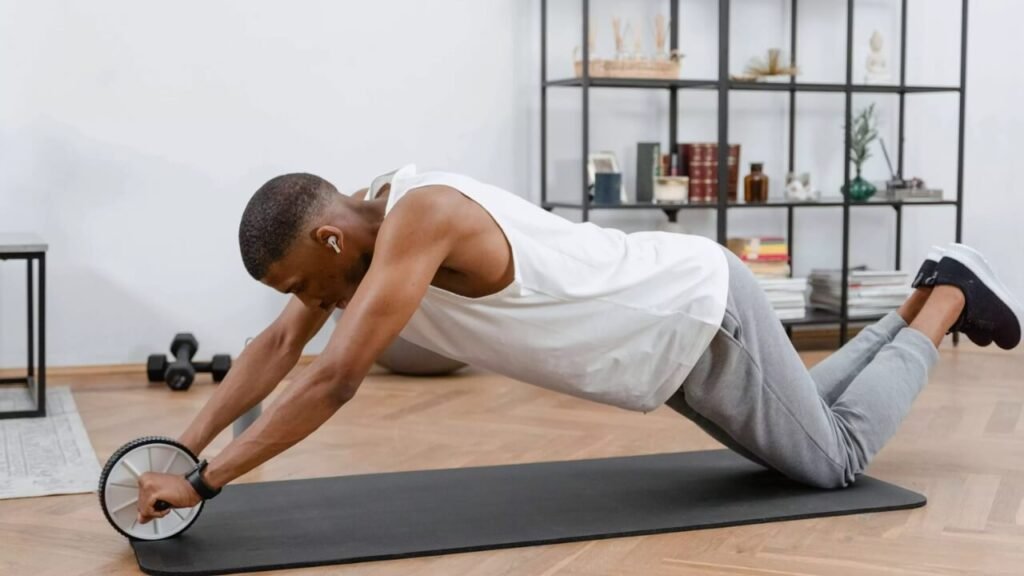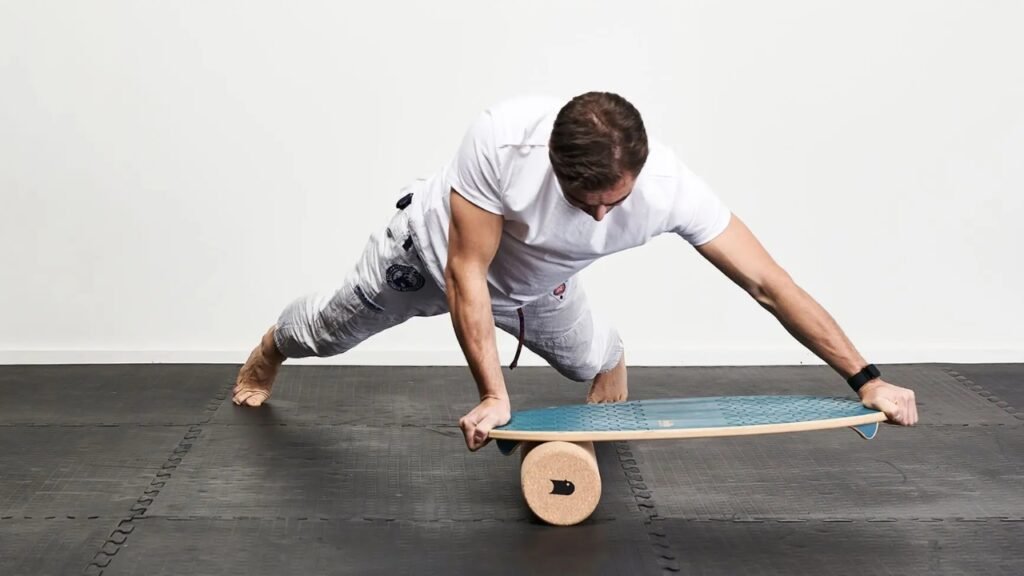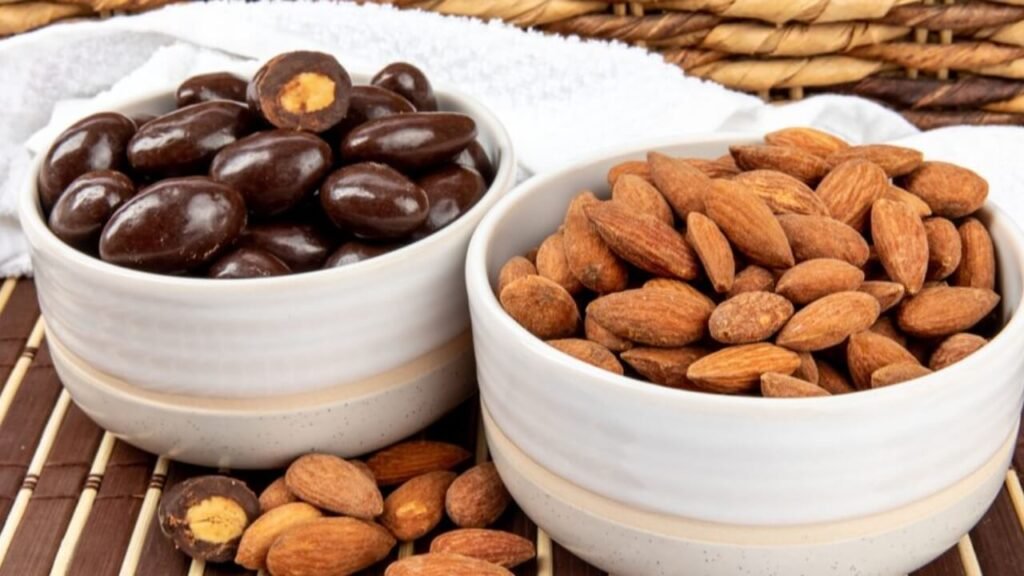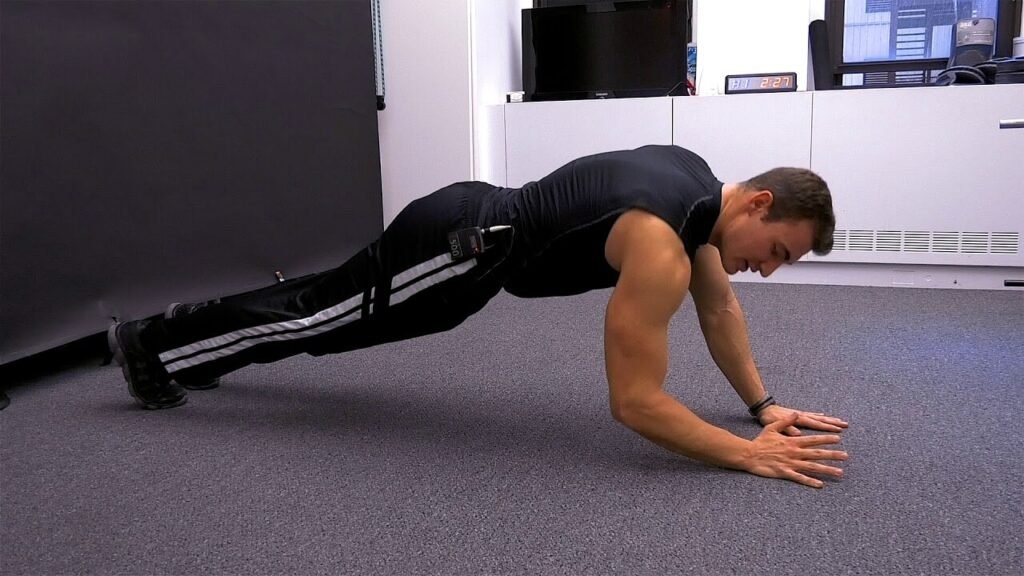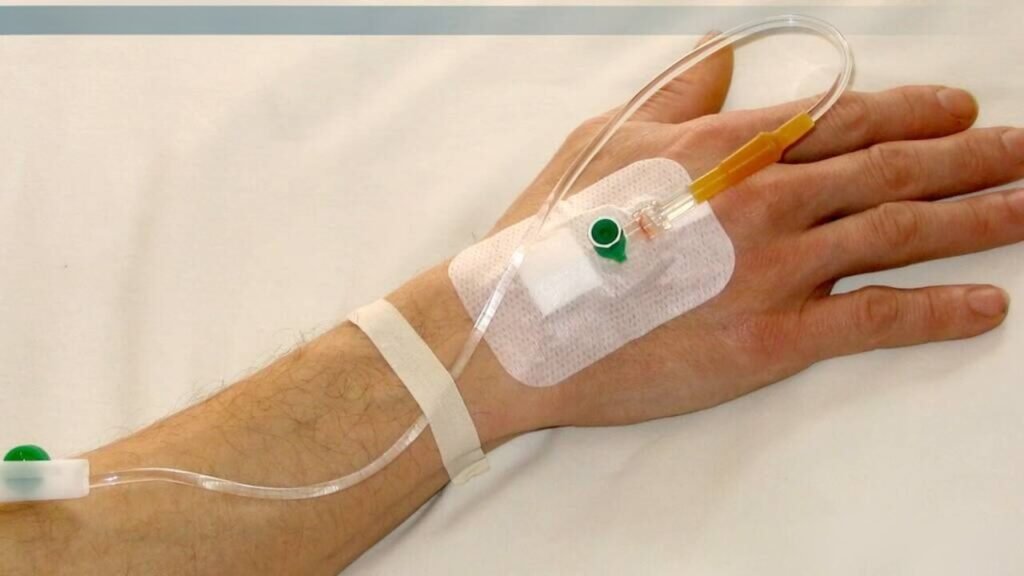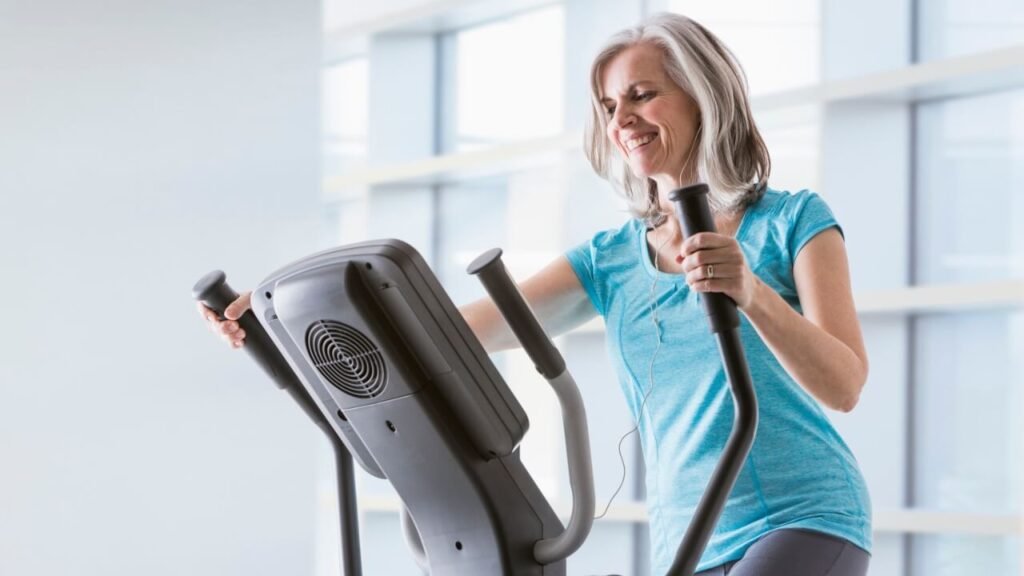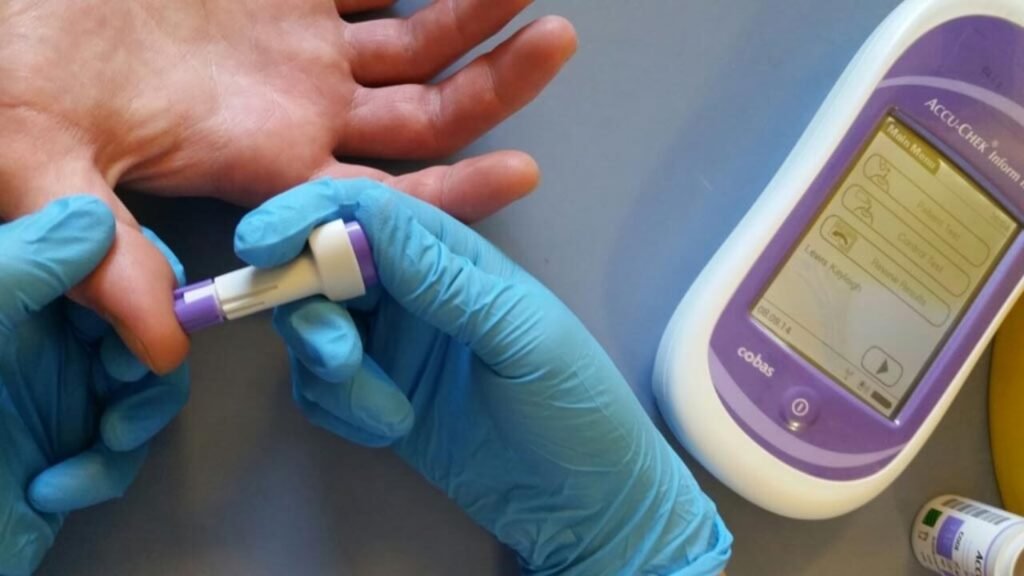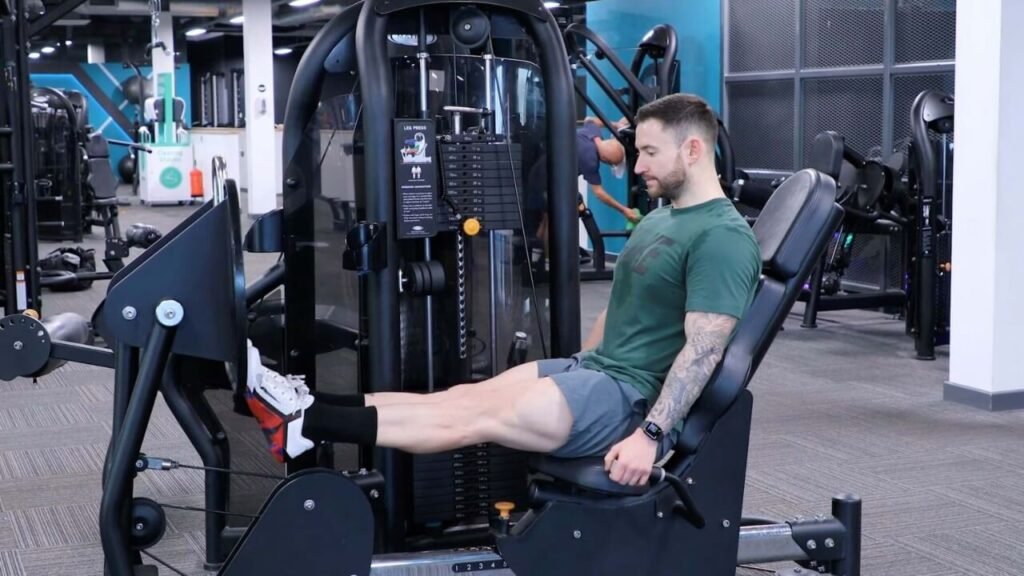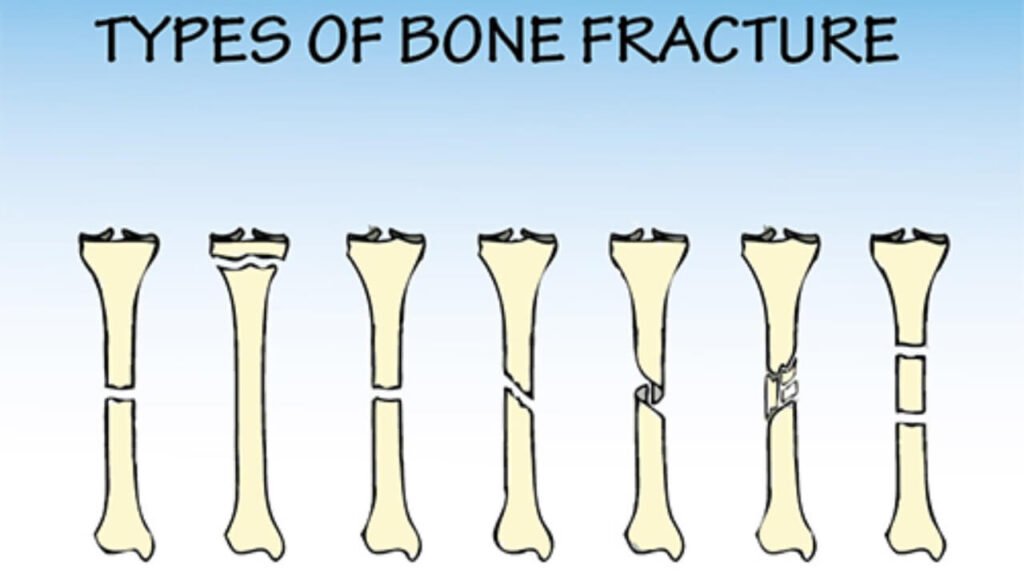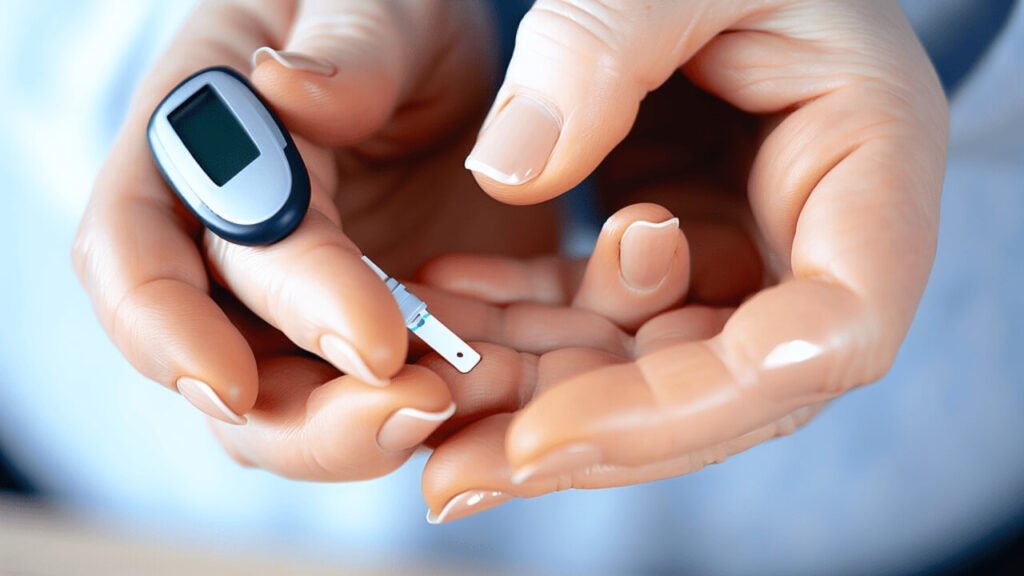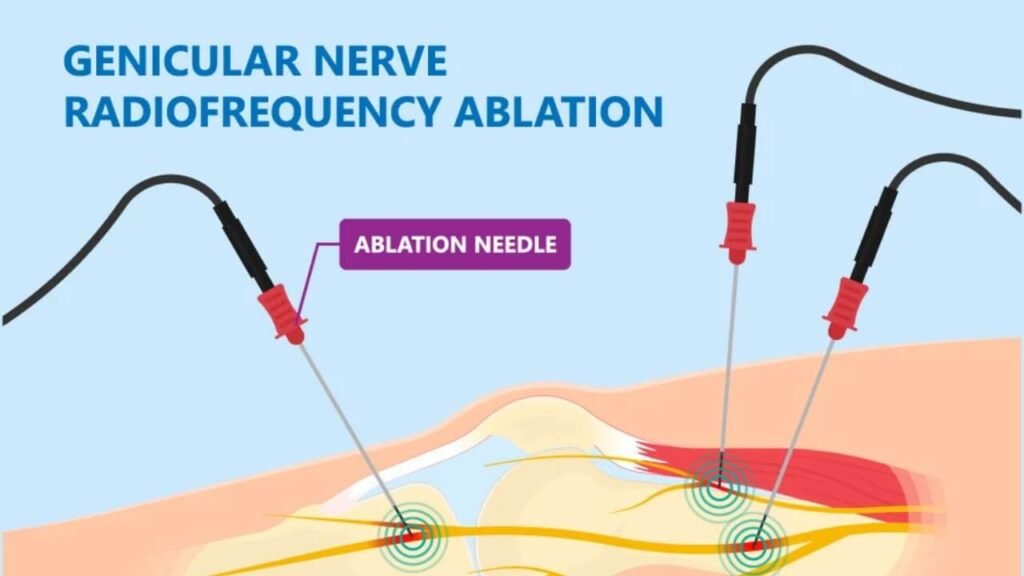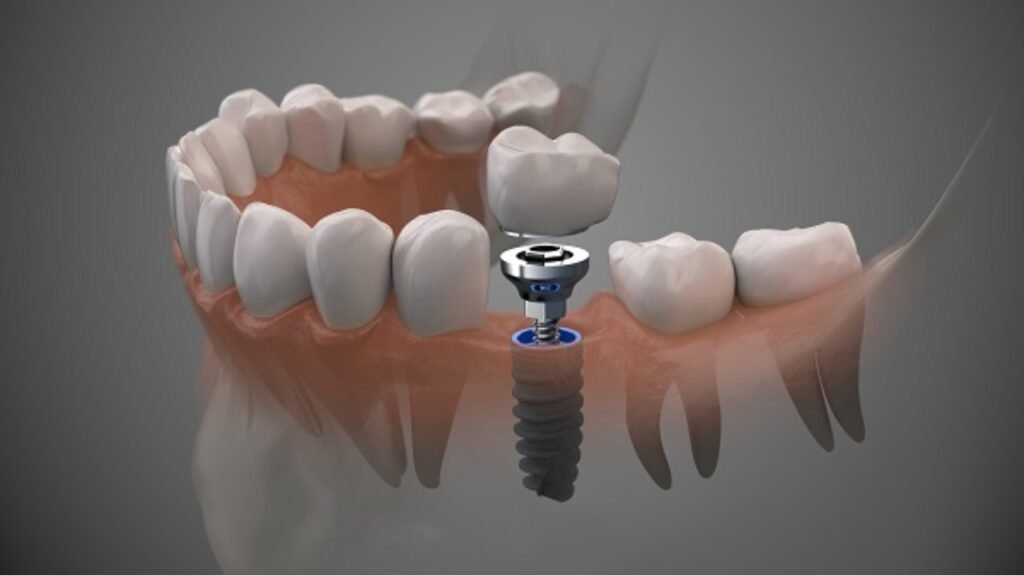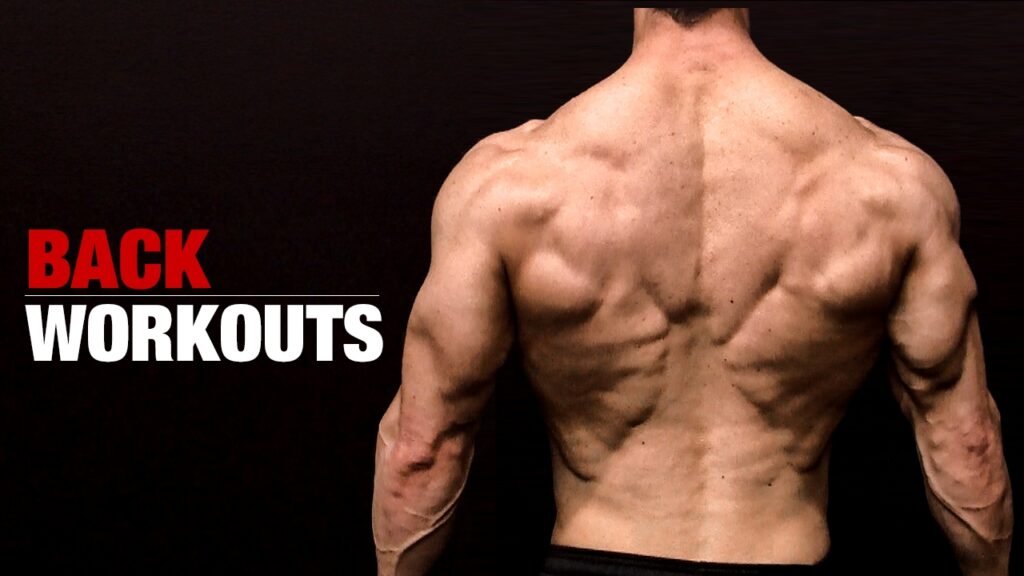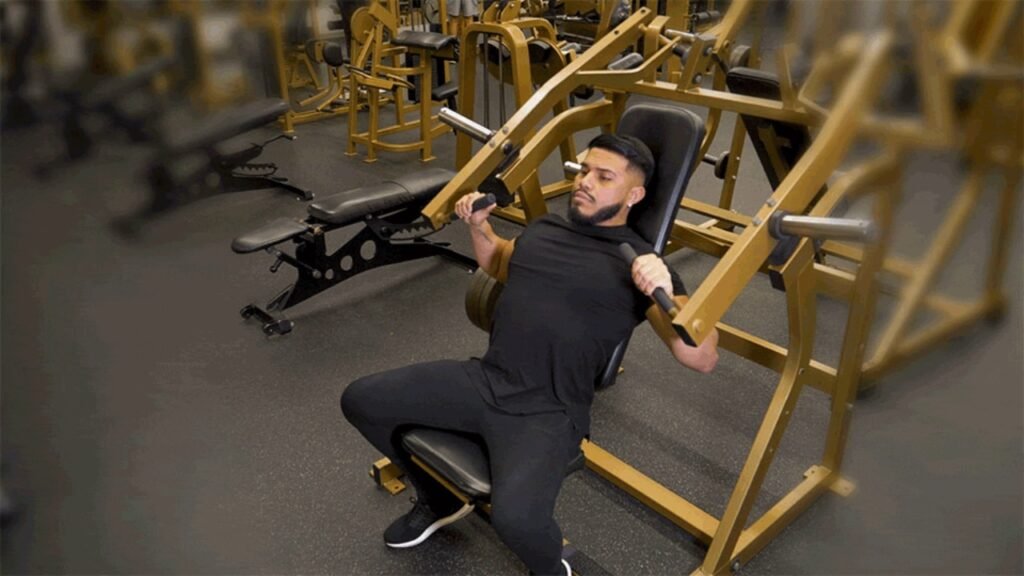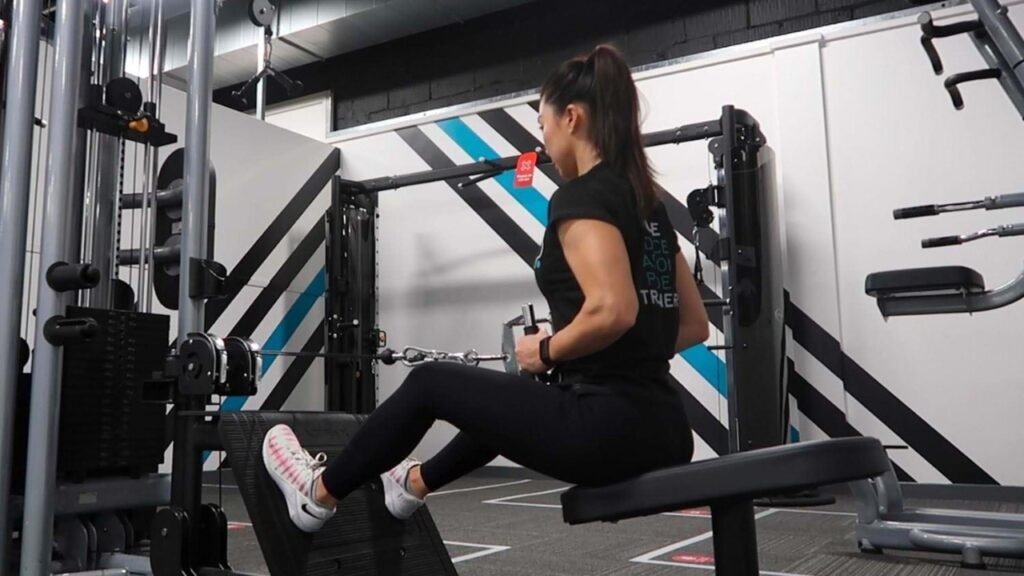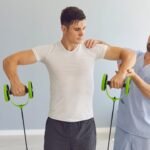Unlock Your Athletic Potential: The Ultimate Guide to Groin Exercises for American Athletes

Do you feel that nagging pull in your inner thigh during sprints? Or maybe you’re experiencing stiffness after a hard workout? You might be overlooking a crucial aspect of your fitness regimen: focused groin exercises. This area, often neglected, plays a vital role in athletic performance, stability, and injury prevention. This comprehensive guide will walk you through everything you need to know about strengthening your groin, from understanding its anatomy to incorporating effective exercises into your routine. We’ll explore the benefits, common mistakes to avoid, and how to tailor your training to your specific needs.
Why Stronger Groin Muscles Matter: Beyond Injury Prevention
The groin, or adductor muscle group, isn’t just about avoiding injuries. While injury prevention is a major benefit, the impact of a strong and flexible groin extends much further. These muscles are vital for movements like running, kicking, changing direction, and maintaining stability. They play a supporting role in just about every lower body motion you make, and weakness or tightness in this area can lead to a chain reaction of problems affecting your hips, knees, and even your lower back.
Think about it: every time you plant your foot and push off to accelerate, your adductors are working hard to stabilize your leg and generate power. A stronger groin translates to more explosive movements, increased agility, and a greater ability to control your body during athletic activities. Moreover, improved groin strength can enhance your overall athletic performance, regardless of your sport. Whether you’re a basketball player driving to the basket, a soccer player striking a ball, or a weightlifter squatting heavy, a strong groin will give you an edge.
Understanding the Anatomy of Your Groin
To effectively target and strengthen your groin, it’s helpful to understand the muscles involved. The adductor group consists of five main muscles located on the inside of your thigh:
- Adductor Longus: This is the most superficial and frequently strained of the adductor muscles. It plays a key role in bringing your leg toward the midline of your body (adduction).
- Adductor Magnus: The largest and most powerful of the adductors, it contributes to both adduction and hip extension. It has two parts: one is an adductor, and the other works like a hamstring.
- Adductor Brevis: Located deep to the adductor longus, this muscle assists in adduction and hip flexion.
- Gracilis: The only adductor muscle that crosses both the hip and knee joints, contributing to adduction, hip flexion, and knee flexion.
- Pectineus: This muscle is located high in the inner thigh and assists with adduction, hip flexion, and external rotation.
These muscles work together to control movement and provide stability to the pelvis. Knowing which muscles you’re targeting will enhance both your form and your workout intensity.
The Benefits of Incorporating Groin Exercises into Your Routine
Adding groin exercises to your training program offers a multitude of benefits, including:
- Reduced Risk of Groin Strains: The most obvious benefit is a lower risk of straining your adductor muscles. Strong, flexible muscles are better equipped to handle the stresses of athletic activities.
- Improved Athletic Performance: As discussed earlier, stronger adductors translate to more power, agility, and control.
- Enhanced Hip Stability: The adductors play a crucial role in stabilizing the hip joint, which is vital for balance and coordination.
- Better Posture: Strong groin muscles can help maintain proper pelvic alignment, contributing to improved posture.
- Reduced Knee Pain: Weak adductors can contribute to improper knee tracking, potentially leading to pain and injury. Strengthening the groin can help stabilize the knee joint and reduce this risk.
- Improved Core Stability: The adductors work in conjunction with the core muscles to stabilize the torso, contributing to improved balance and overall power.
- Increased Flexibility and Range of Motion: Targeted exercises can enhance the flexibility and range of motion in your hips and groin, leading to better athletic performance and reduced risk of injury.
Effective Groin Exercises to Incorporate into Your Training
Now that you understand the benefits, let’s dive into some effective groin exercises you can incorporate into your routine. Remember to start slowly and gradually increase the intensity and duration as you get stronger. Prioritize proper form over speed or weight.
- Adductor Squeeze: This exercise can be done anywhere with a soft ball or pillow between your knees. Lie on your back with your knees bent and feet flat on the floor. Place the ball or pillow between your knees and squeeze it as hard as you can for a few seconds. Relax and repeat.
- Side-Lying Adduction: Lie on your side with your bottom leg extended and your top leg bent and placed in front of you for support. Slowly lift your bottom leg toward the ceiling, keeping it straight. Lower it back down with control. You can add ankle weights to increase the intensity.
- Standing Groin Stretch: Stand with your feet wide apart, toes pointed slightly outward. Slowly shift your weight to one side, bending your knee and keeping your other leg straight. You should feel a stretch in the inner thigh of your straight leg. Hold for a few seconds and then switch sides.
- Butterfly Stretch: Sit on the floor with the soles of your feet together and your knees bent out to the sides. Gently press your knees down towards the floor, using your elbows if needed. Hold the stretch for 20-30 seconds.
- Lateral Lunges: Stand with your feet shoulder-width apart. Step to the side with one leg, bending your knee and keeping your other leg straight. Keep your chest up and your core engaged. Push off with your bent leg to return to the starting position. Repeat on the other side.
- Copenhagen Plank: This workout is more advanced and requires good core strength. Get into a side plank position with your top leg resting on a bench or box. Lower your bottom leg toward the floor, then lift it back up to meet your top leg.
- Hip Adduction Machine: If you have access to a gym, the hip adduction machine is a great way to target your groin muscles. Adjust the weight and the range of motion to suit your fitness level. Focus on controlled movements and avoid using momentum.
- Resistance Band Adduction: Attach a resistance band around your ankles. Stand with your feet shoulder-width apart and slowly move one leg toward the midline of your body, resisting the pull of the band. Return to the starting position with control.
- Yoga Poses: Certain yoga poses, such as Warrior II, Goddess Pose, and Wide-Legged Forward Fold, can effectively stretch and strengthen your groin muscles.
Common Mistakes to Avoid During Groin Exercises
To maximize the benefits of groin exercises and minimize the risk of injury, avoid these common mistakes:
- Rushing the Movements: Focus on controlled movements rather than speed. This allows you to properly engage the target muscles and avoid straining them.
- Using Too Much Weight Too Soon: Start with lighter weights or resistance and gradually increase the intensity as you get stronger.
- Neglecting Proper Form: Maintain good posture and alignment throughout each exercise. If you’re uncertain about your form, consult a fitness professional.
- Holding Your Breath: Breathe deeply and continuously throughout each exercise.
- Ignoring Pain: If you experience any sharp or persistent pain, stop the workout immediately and consult a doctor or physical therapist.
- Skipping Warm-up and Cool-down: Always warm up before starting your groin exercises and cool down afterward. This helps prepare your muscles for exercise and reduces the risk of injury.
- Overtraining: Give your muscles adequate rest and recovery time between workouts.
Tailoring Your Groin Exercises to Your Specific Needs
The best approach to groin exercises is to tailor your training to your specific needs and goals.
- For Injury Prevention: Focus on exercises that improve flexibility and range of motion, such as the standing groin stretch and butterfly stretch. Incorporate strengthening exercises with light resistance, such as the adductor squeeze and side-lying adduction.
- For Athletic Performance: Emphasize exercises that build power and strength, such as lateral lunges, the Copenhagen plank, and hip adduction machine.
- For Rehabilitation: If you’re recovering from a groin strain, work with a physical therapist to develop a safe and effective rehabilitation program. Start with gentle stretches and exercises and gradually increase the intensity as you heal.
“After pulling my groin playing soccer, I religiously did adductor squeezes and lateral lunges during my recovery. I found that specializing in controlled movements and progressively growing the resistance changed into key to getting lower back on the sphere more potent than earlier than,”
said Reddit user u/throwawayfitnessfanatic.
Expert Insight
“Strengthening the groin muscles is essential not handiest for preventing groin injuries however additionally for enhancing athletic performance and universal decrease body function,”
says Dr. Michael Smith, a sports activities remedy health practitioner that specialize in athletic injuries.
“A complete approach that includes each strengthening and stretching sporting activities, blended with right heat-up and cool-down exercises, is crucial for optimizing groin fitness and function.”
Incorporating Groin Exercises into Your Overall Fitness Routine
Integrating groin exercises into your existing fitness routine is straightforward. Here’s a suggested technique:
- Warm-up: Start with five-10 mins of light cardio, which includes jogging or leaping jacks, followed with the aid of dynamic stretching exercises like leg swings and torso twists.
- Strength Training: Perform your groin sporting activities 2-three instances in keeping with week, allowing at least sooner or later of relaxation among periods. Choose 3-4 sporting activities consistent with exercising and carry out 2-three sets of 10-15 repetitions of every exercising.
- Cool-down: Finish your exercising with static stretching sports, holding every stretch for 20-30 seconds. Focus on stretching your adductor muscle tissue, hamstrings, and hip flexors.
- Listen to Your Body: Pay interest on your frame and adjust your schooling as needed. If you feel sore or fatigued, take a rest day or reduce the depth of your workouts.
Conclusion: Invest in Your Groin, Invest in Your Performance
The adductor muscles are a powerhouse for athleticism, but the key to unlocking this strength is thru constant and informed workout. Don’t forget about this vital muscle organization. Incorporating focused groin exercises into your routine will no longer handiest lessen your hazard of injury but also decorate your athletic overall performance, improve your stability, and make contributions to typical higher movement.
By knowledge the anatomy of your groin, incorporating effective sports, heading off common errors, and tailoring your schooling to your specific needs, you can liberate your athletic capability and gain your health desires. So, start incorporating these sporting events these days and experience the distinction a robust groin could make! You will carry out higher, and more importantly, you may feel splendid.
Reclaim Your Freedom: A Deep Dive into Axonics Therapy for Overactive Bladder and Bowel Control










